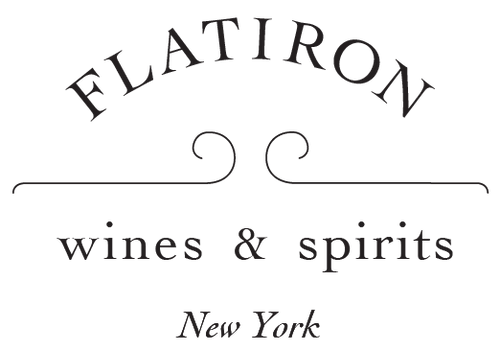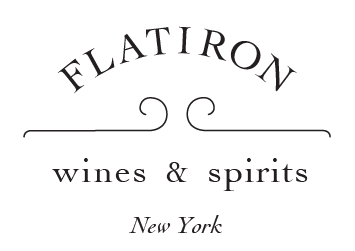Featured: Sites Set on Brovia's Dolcetto
Welcome back to our Thursday Features! If you haven't already, you can sign up for our Newsletter here. It is the best way to receive stories like this one direct to your inbox and with the deepest discounts.
Today's Featured Wine is Brovia, Dolcetto d'Alba "Vignavillej", 2017.
If you’ve ever read Asterix and Obelix you know the story of a lone figure holding out against much larger forces. In the case of Asterix, it was a story of beer-drinking Celts holding off the wine-drinking Romans. Today’s story pits Dolcetto-drinking traditionalists against, well, Barolo.
Dolcetto is an often overlooked or misunderstood grape. So, let’s take a moment and break it down. Dolcetto is grown in several places, but is most notably from the hills of the Langhe. It’s often looked down upon as Piedmont’s third-most grape. But, if this is a kid brother, it’s certainly not underperforming. It is a star of its own right.
Dolcetto is especially gifted at ripening in cool, high vineyards. So, when Nebbiolo or Barbera can’t quite handle the chill, Dolcetto is capable of considerable ripeness. We’re focussing today on a wine coming from Alba, hense Dolcetto d’Alba. But you will see this grape under several monocures, including in its most structured and intense style, Dogliani. Typically, one can expect Dolcetto to have the charms of the Langhe in a fresher, fruitier package. Fine tannins and a touch of bitter plum are often present, but balanced by acidity and red-purple-y fruit.
Brovia makes one of our absolute favorite Dolcettos, vintage after vintage. In fact, almost 25% of Brovia’s 19.2 ha of vines are Dolcetto. It comes from a remarkable site in Brea, which we will touch on in a moment, but Giacinto Brovia and his daughters are remarkable wine makers.

Photo curtesy of Mad Rose Group.
Brovia was founded in 1863 and the family has been making wine ever since despite the pesky interruptions of phylloxera and fascism. In 1953, Giacinto (the grandson of the founder) and his brother took up the torch, full tilt, once again. Now, as mentioned previously, Giacinto is joined by his daughters who make up the fourth generation of Brovia wine-makers!
Brovia wasn’t picked up by Rosenthal until the 1978 vintage, but since then Brovia has become an estate known for exceptional winemaking--in stellar and in difficult vintages. Though not certified, Brovia farms organically and vinifies classically.

Photo curtesy of Mad Rose Group.
Remarkably, Brovia also has planted a small parcel of Dolcetto in Brea. Brea is a magnificent site, and it is owned entirely by Brovia (a monopole). The site is in the heart of the Seralunga d'Alba, and it has compact soils that are very rich in limestone and iron. It produces wines of intense structure and good fruitiness. It is absolutely perfect for Barolo, and the Barolo that Brovia produces here (long known as Ca Mia) is one of their most sought-after wines.
Now, it’s not so rare to have Dolcetto planted within DOC Barolo, but it’s almost always in “off” sites that are perhaps just a little too cool to properly ripen Nebbiolo. But Brovia’s is one of the rare examples of Dolcetto planted where Nebbiolo could be planted -- and make great Barolo.
As you can imagine, the economic pressure to pull those vines and replace them with Nebbiolo is enormous. They can sell their Barolo for two or three times as much! But they know that with this Dolcetto they have a treasure, so they hold out. They make no promises about the future, but for now they preserve what has become a heritage site.
The Dolcetto that the site produced in 2017 — blended with Dolcetto from Castiglione to produce their Vignavillej cuvée — was particularly magnificent. It remains to see how the Barolo will turn out that year, but the warm conditions were perfect for Dolcetto.
We hope they hold out for many years to come. In the meantime please savor this beauty.
Brovia, Dolcetto d'Alba "Vignavillej", 2017 - $19.99
The wine is so vibrant that it practically glows in the glass. There is a sweet red pluminess that is just so thrilling that it is easy to miss the nuances from the soil that lie beneath. But there it is… Serralunga! You find it in the minerality of the structure, the complexity of the finish. It completes the wine, taking it from delicious and quaffable to something uncommonly special for an under-$20 wine.

